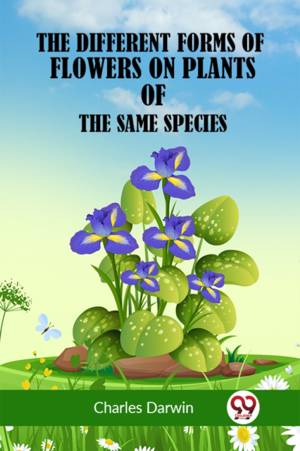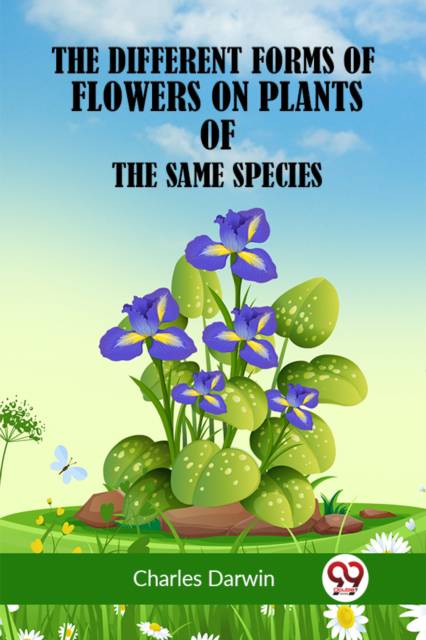
- Afhalen na 1 uur in een winkel met voorraad
- Gratis thuislevering in België vanaf € 30
- Ruim aanbod met 7 miljoen producten
- Afhalen na 1 uur in een winkel met voorraad
- Gratis thuislevering in België vanaf € 30
- Ruim aanbod met 7 miljoen producten
Zoeken
€ 27,95
+ 55 punten
Omschrijving
"The Different Forms of Flowers on Plants of the Same Species" is a seminal paintings authored by Charles Darwin, the famend British naturalist and evolutionary biologist. This book represents a tremendous contribution to the observe of sexual replica in plant life. In this work, Darwin meticulously examines the charming phenomenon of heterostyly, which involves the presence of wonderful floral forms within a single plant species. He offers a complete account of his experiments and observations on diverse plant species, including primroses and cowslips, to recognize the motive and significance of those extraordinary floral bureaucracy. Darwin's crucial hypothesis is that heterostyly serves as a mechanism to sell move-pollination, thereby increasing the genetic variety of plant populations. He explores how the particular preparations of stigma and anthers in special floral bureaucracy encourage pollinators to switch pollen among vegetation of various bureaucracy, preventing self-fertilization. Darwin's work on floral heteromorphism now not best contributes to our information of plant reproductive strategies but additionally extends his concept of natural choice to the area of botany. He emphasizes the position of variation and selection within the evolution of floral forms and the ecological relationships between vegetation and their pollinators.
Specificaties
Betrokkenen
- Auteur(s):
- Uitgeverij:
Inhoud
- Aantal bladzijden:
- 260
- Taal:
- Engels
Eigenschappen
- Productcode (EAN):
- 9789359951980
- Verschijningsdatum:
- 1/12/2023
- Uitvoering:
- Paperback
- Formaat:
- Trade paperback (VS)
- Afmetingen:
- 140 mm x 216 mm
- Gewicht:
- 331 g

Alleen bij Standaard Boekhandel
+ 55 punten op je klantenkaart van Standaard Boekhandel
Beoordelingen
We publiceren alleen reviews die voldoen aan de voorwaarden voor reviews. Bekijk onze voorwaarden voor reviews.








